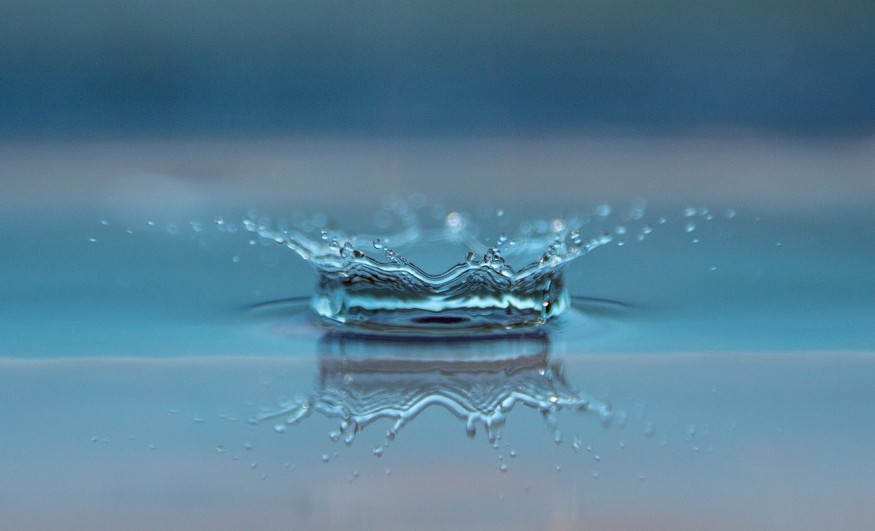Given the swirling and shifting nature of water, as well as other factors, there are many justifiable reasons why people do not write over water. However, physicists have created a novel invention that can give artists and more enthusiasts a new liquid medium to navigate.

Writing on Water
A team of researchers from Johannes Gutenberg University Mainz (JGU), Technical University of Darmstadt in Germany, and Huazhong University of Science and Technology in China were behind this novel invention. The unique device and endeavor are documented in their published paper.
Thomas Palberg, a physicist from JGU, explains that within a bath of water that does not exceed a Euro coin's size, they were able to come up with a house-like pattern with the size of the letter "i" in a font of 18 points. They then viewed the output from a microscope.
Microscopic Pen
The tiny, ingenious pen has a bead width of 50 microns. The bead mainly consists of specialized material that can exchange ions within the fluid. This, in turn, leads to the creation of low pH levels.
Particle traces suspended within the water then get drawn into the acid solution. Drawing within this zone, specifically, could leave seemingly written lines.
To maintain the stability of the writing, the prototype device moves the bead's surrounding water instead of moving the bead within the water. While this was initially performed manually, the researchers used a modifiable rocker device to pull this off.
The pen's microscopic size and the nature of moving the surrounding water ensure that the liquid's stability is adequately maintained. As for how long the writings stayed, the researchers observed that the written lines maintained their visibility for over 15 minutes. There is also a possibility of producing unique shapes via techniques that rely on light, stopping and starting the exchange of ions.
The researchers also examined some theoretical models to shed light on the present mechanisms behind the phenomenon. They think it is possible to expand their technique to other kinds of pens, such as those powered by lasers, that could work and be used in water.
Benno Liebchen, a physicist from TU Darmstadt, adds that this may enable parallel writing within water. As such, these mechanisms could also aid in generating complex and dense fluid patterns.
This technology is still in its infant and preliminary stage. Nevertheless, it leads to various possibilities, including the creation of novel art types and the capacity to monitor the movement of chemical traces within liquid. Generally, the invention led to more doors for drawing, writing, and patterning over fluids, even at a microscopic scale.
RELATED ARTICLE : Plant-Based Organic Device Called 'bioCap' Can Filter 99.9% of Microplastics From Drinking Water, Experts Say
Check out more news and information on Tech & Innovation in Science Times.
© 2026 ScienceTimes.com All rights reserved. Do not reproduce without permission. The window to the world of Science Times.












